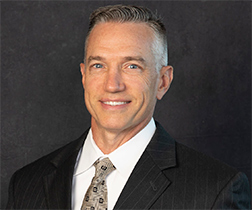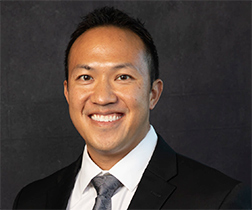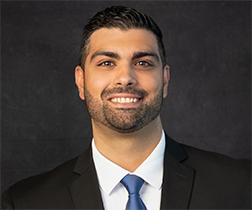Rotator Cuff Tear
The rotator cuff is a group of tendons and muscles in the shoulder joint providing support and enabling a wide range of shoulder motion. Injury to the rotator cuff may occur due to pressure on the rotator cuff from part of the shoulder blade (scapula). It may occur due to repeated use of the arm for overhead activities or while playing sports. A forceful injury such as trauma can cause one or more of these tendons to tear, a condition called rotator cuff tear.
Rotator Cuff Re-tear
Rotator cuff repair is a surgery to repair an injured or torn rotator cuff. A re-tear may occur a few years after surgery due to multiple reasons including aging, a massive previous tear (more than 5cm), fatty degradation of the tendons, inflammatory arthritis, and inappropriate rehabilitation.
Anatomy
The rotator cuff is a group of 4 muscles in the shoulder joint that include the supraspinatus, infraspinatus, teres minor, and subscapularis. These muscles originate in the scapula and attach to the head of the humerus through tendons. The rotator cuff forms a sleeve around the humeral head and glenoid cavity, providing stability to the shoulder joint while enabling a wide range of movements.
Symptoms
A rotator cuff re-tear causes severe pain, weakness of the arm and a crackling sensation when moving the shoulder in certain positions. Lying on the affected shoulder may cause pain and discomfort.
Causes
Fat accumulation in the rotator cuff due to advanced age may cause a re-tear. Other causes include trauma, overuse injury or failure of the tendon to heal.
Diagnosis of Rotator Cuff Re-tear
Your doctor will assess your symptoms and order an X-ray. Two-point Dixon MRI may be ordered to identify the fat deposition in a rotator cuff.
Treatment of Rotator Cuff Re-tear
Your doctor initially recommends non-surgical treatment options including:
- Rest
- Shoulder Sling
- Pain medication
- Steroid injections
Physical therapy exercises will be taught for flexibility, range of motion and strength-building. The types of exercise involve stretching, ball squeezing and pendulum exercises.
Revision surgery is considered if you do not respond to conservative treatment options. It involves the identification of the healthy tendon and re-attaching it to the bone. Surgery is often combined with marrow stimulation healing response techniques (microfracture) or using orthobiologics to promote healing.
Prevention of Rotator Cuff Re-tear
Surgery involving double-row suture anchors and collagen grafts can help prevent a re-tear of the rotator cuff.
Doctors Performing Rotator Cuff Re-Tear Care
-
Howard W. Harris, M.D.Shoulder
-
Michael L. Nguyen, M.D.Shoulder &
Sports Medicine -
Paul A. Tavakolian, M.D.Hand, Wrist & Elbow















